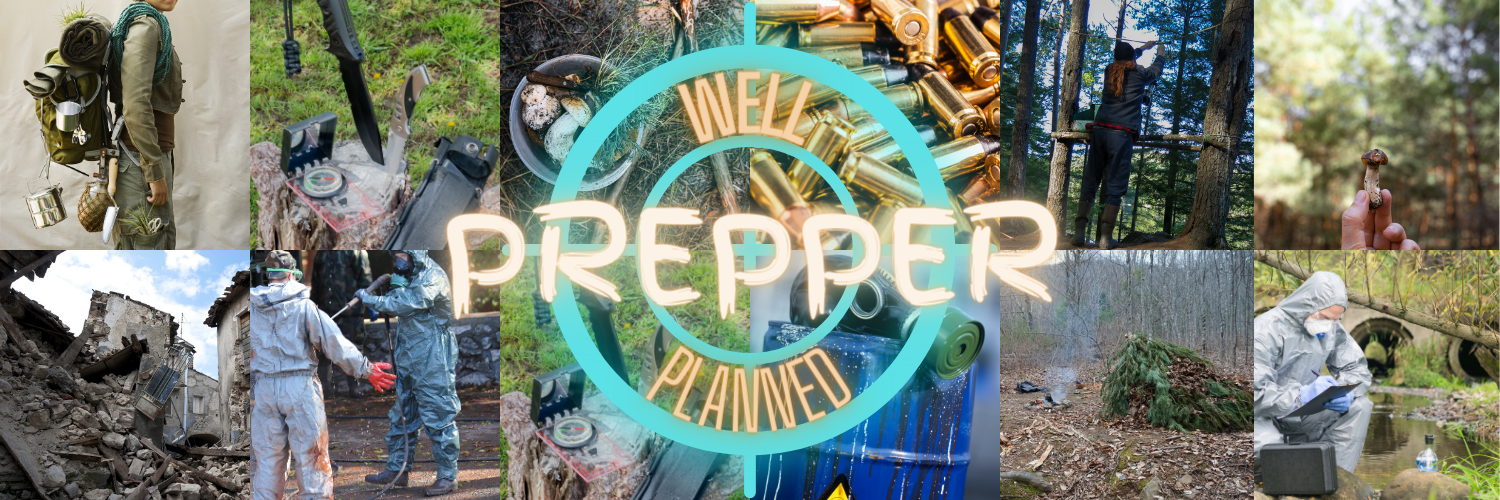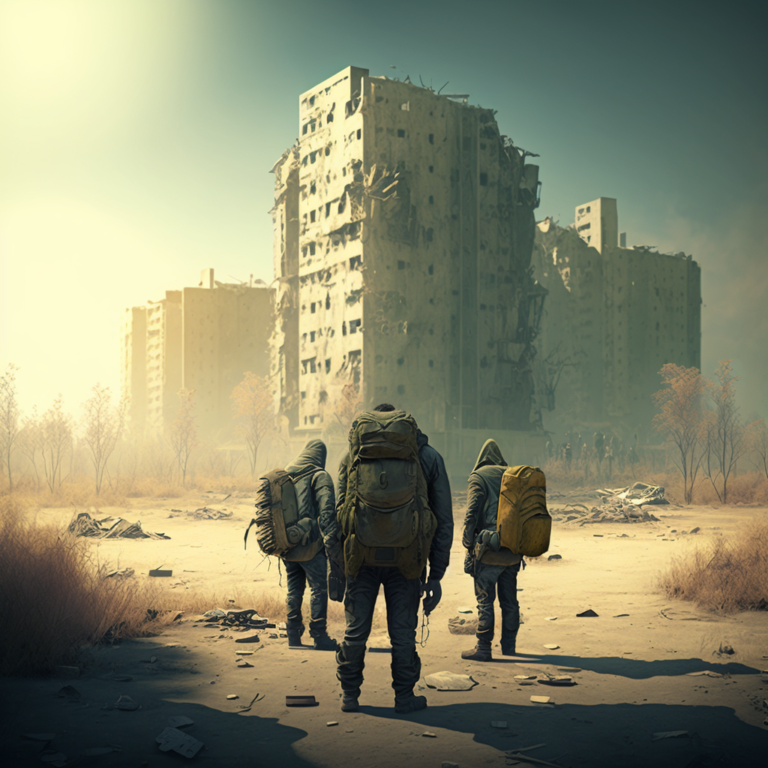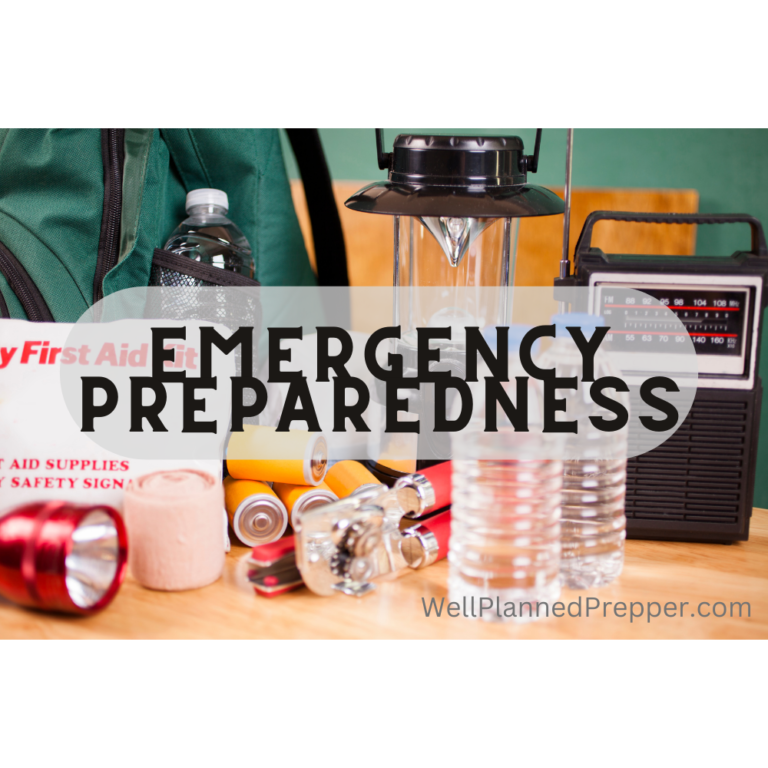
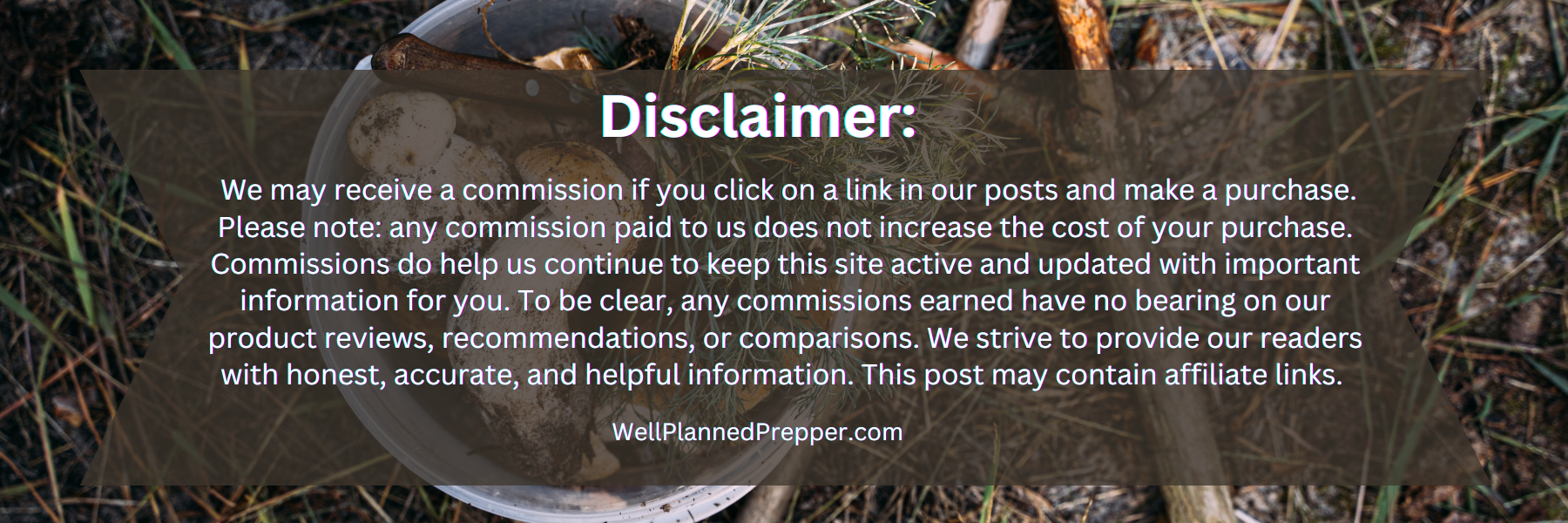
Emergencies often happen when we least expect them, which is why prepping is so important. Emergency preparedness is the process of preparing for and responding to unexpected events or disasters. These events can include natural disasters such as hurricanes, tornadoes, and earthquakes. Events can also include human-made disasters like terrorist attacks and industrial accidents.
Emergency preparedness is critical for individuals, families, and communities to ensure that they are ready to face these challenges and mitigate their impact. This article will give you a basic guideline to help you get started with your emergency prep. That way, you and your family can develop your emergency preparedness plan and implement it in the event it is needed.
Emergency Preparedness Starts with Awareness
How can we be prepared for an emergency? Preparedness starts with paying attention. There may not always be clues to an impending emergency. An earthquake, for instance, can happen without warning. However, the majority of emergency situations have telltale signs that they are about to happen. Think news media and emergency notification systems in your area. Word of mouth. Things we can see, hear, feel, or sense with our own intuition. All of these can act as advanced warning of an impending emergency situation.
Simply being aware can provide you with valuable knowledge of a potential or active situation, and emergency preparation can be the biggest key to surviving it. The Well Planned Prepper website is a great resource to aid you along the way.
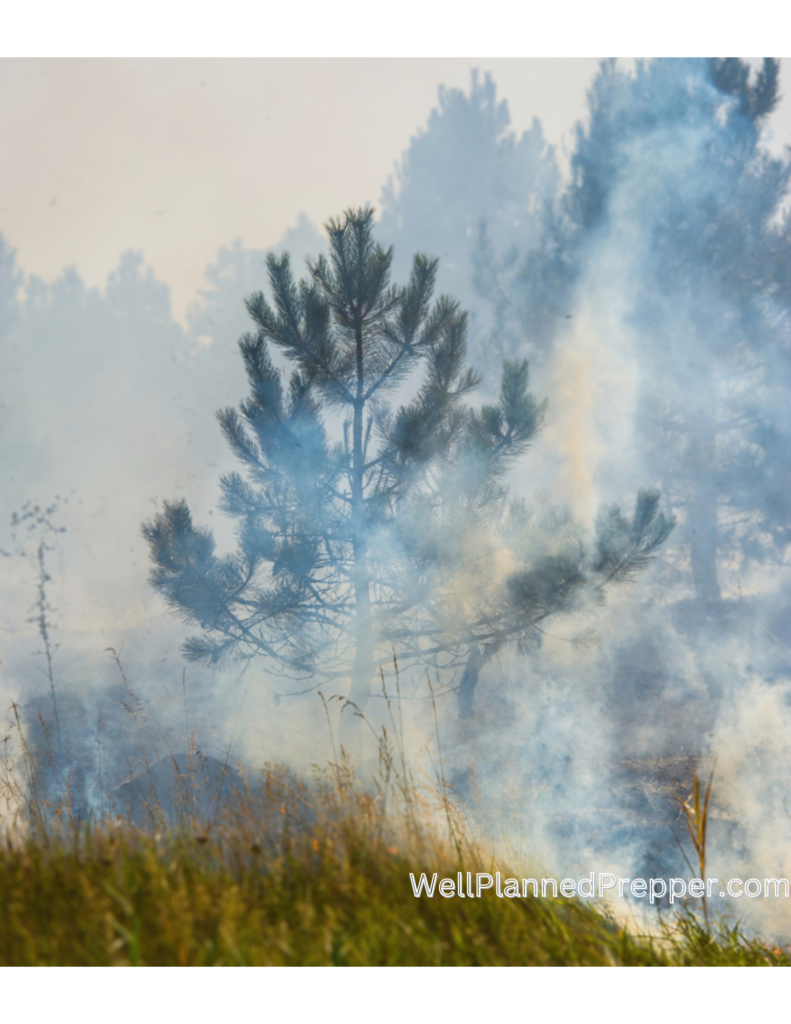
What Types of Unexpected Emergency Events Can I Prepare Myself For?
Most of us rarely consider the many dangers that lurk in our midst until we become parents, or at least until we feel a strong sense of responsibility for something. Whether that is our family, property, or business, I believe that the more responsibility we feel for something or someone else gives us more awareness, more urgency. So, what types of situations should we consider prepping for?
All of them, of course! But let’s discuss natural disasters first.
Common Natural Disasters
- hurricanes
- tornadoes
- wildfires (though many are caused by humans)
- floods
- earthquakes
- blizzards
- droughts
According to USAFacts.org, the number of major natural disasters has increased in the last decade. Preparing yourself and your family for the most probable natural disasters that could affect you is what most people choose to focus their emergency preparedness on. Different geographical areas are more prone to hurricanes, flooding, wildfires, earthquakes, tornadoes, or blizzards. Make sure you are prepared for these emergency situations first and foremost. After that, build upon your preparation to ready yourself for the less commonly considered situations.
Man-Made Emergency Situations
Of course, there are also man-made events. Humans are often inconsiderate of the environment, of other humans, and of the delicate balance that we need to maintain in order to continue to survive on this planet. While some of these events can be minor, humans have the ability to create a wealth of very serious emergency situations. The examples below are man-made emergencies that most people don’t even want to think about happening.
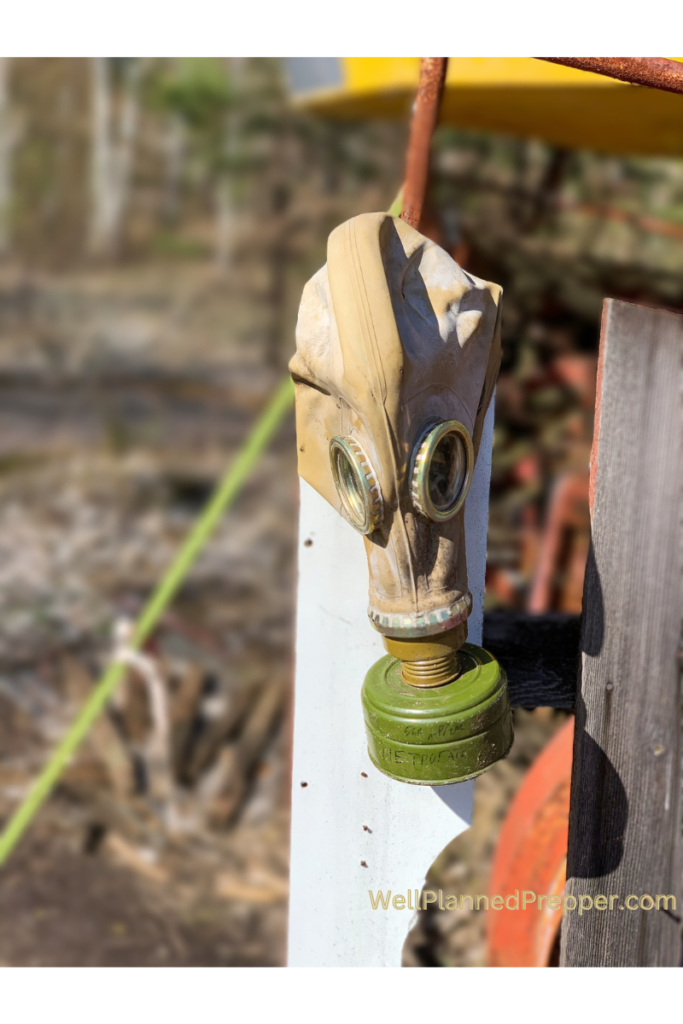
Examples of Man-Made Emergency Situations
- food shortages
- the power grid going down
- chemical spills
- man-made pandemics
- nuclear, chemical, or biological warfare
- Man-made EMP
- civil unrest
- civil war or foreign invasion
- terrorist attacks
- soil contamination
- water contamination
- many, many more…
The list is daunting, and that is exactly why the wise prepper knows that it’s important to prep for anything. You can never be “too prepared”, at least that’s my opinion.
emergency preparation steps you can take to prepare yourself and your family
- Build an emergency kit: An emergency kit should be the first item on your emergency preparedness list. Your kit should contain basic supplies, such as water, food, first aid supplies, emergency blankets, flashlights, and batteries. Other items that you may want to include in your emergency kit are important prescription medications, cash, a radio, extra clothing, and important documents.
- Create a plan: In addition to building an emergency kit, it is important to create an emergency plan. This plan should include an evacuation plan, a communication plan, and a plan for how you will stay informed about the situation. Make sure that your family and friends are aware of your plan so that everyone is on the same page.
- Know your risks: Different regions face different risks for emergencies. For example, areas along the coast may be at risk for hurricanes, while areas near fault lines may be at risk for earthquakes. Knowing your risks can help you prepare for specific emergencies.
- Stay informed: In an emergency situation, it is critical to stay informed. Listen to the radio, watch the news, and follow social media accounts that provide updates on the situation. You can also sign up for emergency alerts from local authorities to stay informed about the situation.
- Learn basic first aid: Knowing basic first aid can be helpful in emergency situations. Taking a first aid course can provide you with the knowledge and skills necessary to provide assistance in case of an emergency.
- Plan for your pets: If you have pets, it is important to include them in your emergency preparedness plan. Make sure that you have enough food, water, and supplies for your pets, and identify pet-friendly shelters in your area.
- Prepare your home: Taking steps to prepare your home can help minimize damage in the event of an emergency. For example, if you live in an area prone to hurricanes, you may want to install hurricane shutters or reinforce your roof. If you live in an area prone to earthquakes, you may want to secure heavy items like bookcases and dressers to the walls.
- Keep important documents safe: In an emergency situation, it is important to have access to important documents, such as passports, insurance policies, and medical records. Store these documents in a waterproof, fireproof safe or store digital copies in the cloud.
- Have a backup power source: If the power goes out during an emergency, having a backup power source can be helpful. Consider purchasing a generator or backup batteries for your electronic devices.
- Participate in community preparedness: Participating in community preparedness efforts can be an effective way to ensure that your entire community is ready for an emergency. Consider joining a community emergency response team or volunteering with local emergency organizations.
Practicing Your Emergency Preparedness Plan
While you may have an emergency preparedness plan in place, you will want to practice them. You should practice your plans with your family a few times a year to make sure everyone knows what to do in the event of an emergency situation. Practice makes perfect, and knowing what to do can help to decrease the stress level in an emergency situation.
Final Thoughts on Emergency Preparedness
In conclusion, emergency preparedness is essential to ensure that you and your loved ones are ready to face unexpected events or disasters. By taking action and implementing these critical steps, you will be more prepared for an emergency. Remember that being aware and prepared can help minimize the impact of an emergency and ensure that you and your loved ones stay safe.
